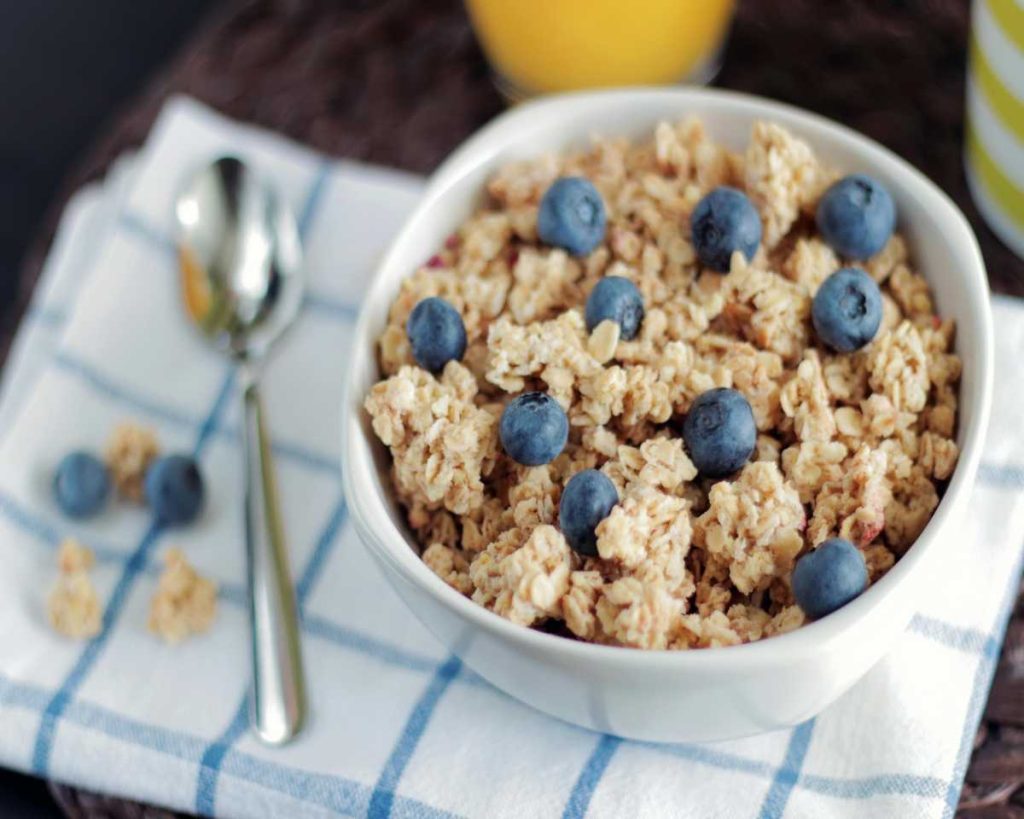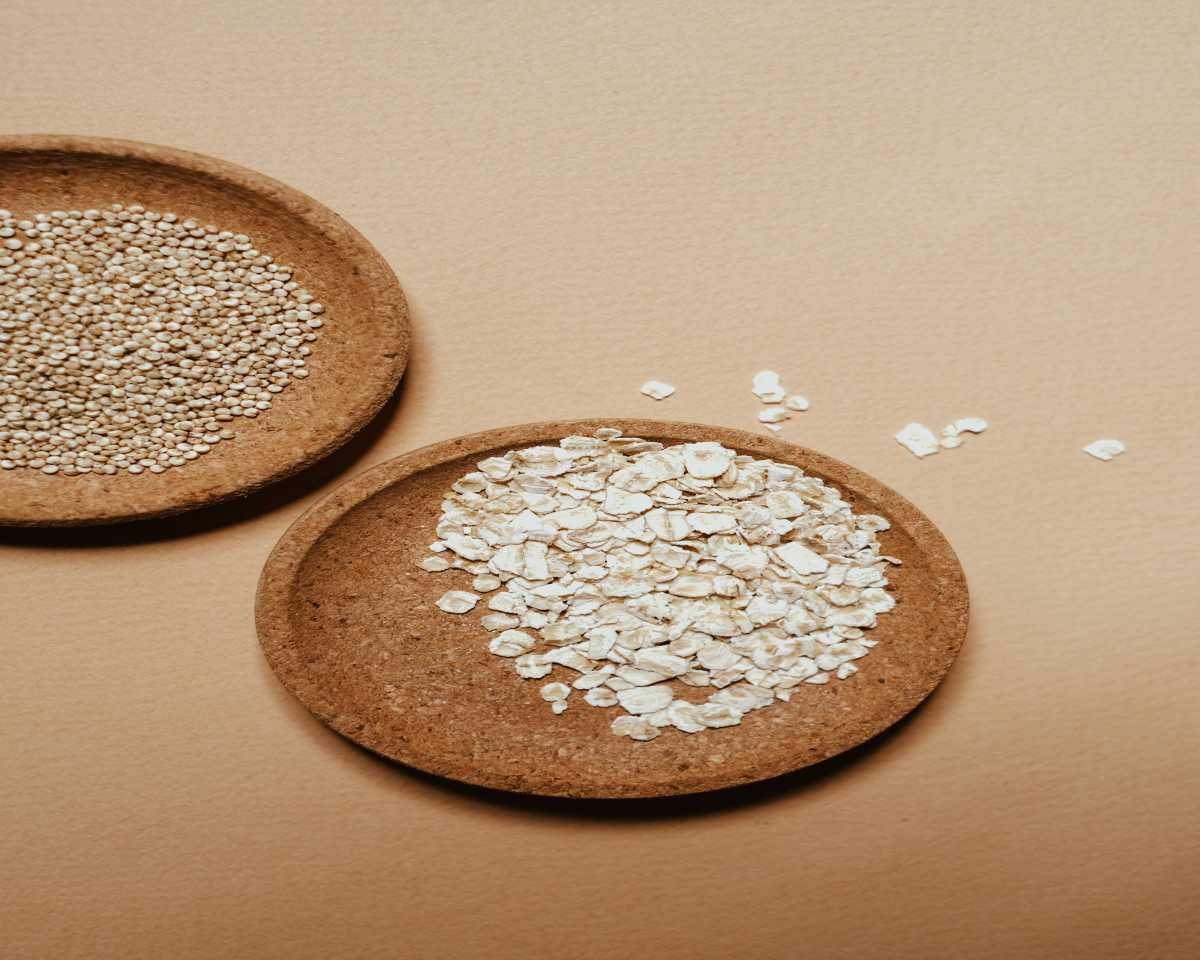Oat milk has surged in popularity in recent years, emerging as a beloved dairy alternative for many. Known for its creamy texture and slightly sweet flavor, oat milk is made from whole oats and is a fantastic option for those who are lactose intolerant, vegan, or simply looking to reduce their dairy intake. In this blog, we’ll explore the nutritional profile of oat milk, its health benefits, and how to prepare it at home, providing you with a comprehensive guide to this delightful plant-based beverage.
What is Oat Milk?
Oat milk is a plant-based milk made by blending oats with water and then straining the mixture to remove the solids. The result is a creamy, dairy-free milk that is versatile and can be used in various recipes, from smoothies to coffee and baked goods. Oat milk can be found in most grocery stores, but it’s also simple to make at home with just a few ingredients.
Nutritional Profile of Oat Milk
The nutritional content of oat milk can vary based on the brand and whether it’s sweetened or fortified. Here’s a general breakdown of the nutrition you can expect from one cup (240 ml) of unsweetened oat milk:
- Calories: Approximately 60-120 calories
- Fat: 1-5 grams (depending on the brand and added oils)
- Carbohydrates: 12-20 grams
- Fiber: 1-2 grams
- Protein: 1-3 grams
- Calcium: Often fortified (check labels for specific amounts)
- Vitamin D: Often fortified (check labels for specific amounts)
- Vitamin B12: Often fortified (check labels for specific amounts)
Note: Always check the nutrition labels, as some brands add sweeteners or flavorings that can affect the nutritional value.
Health Benefits of Oat Milk
Oat milk is not only delicious but also offers several health benefits:
- Lactose-Free Alternative: Oat milk is naturally lactose-free, making it an excellent choice for individuals with lactose intolerance or those following a vegan diet.
- Rich in Fiber: Oat milk contains beta-glucans, a type of soluble fiber that can help reduce cholesterol levels, support heart health, and improve gut health.
- Low in Allergens: Oat milk is free from common allergens such as soy, nuts, and dairy, making it suitable for individuals with allergies or sensitivities.
- Sustainable Choice: The production of oat milk has a lower environmental impact compared to dairy milk and other plant-based milks, as oats require less water and land to grow.
- Heart Health: The beta-glucans in oat milk can help lower cholesterol levels, which may reduce the risk of heart disease. Additionally, oat milk is often fortified with heart-healthy nutrients like calcium and vitamin D.
- Good Source of Antioxidants: Oat milk contains antioxidants, including phenolic compounds, which help protect the body from oxidative stress and may reduce inflammation.
- Versatile Ingredient: Oat milk can be used in various recipes, including smoothies, coffee, baking, and cooking, making it a versatile addition to your diet.

How to Prepare Oat Milk at Home
Making oat milk at home is simple and requires just a few ingredients. Here’s a step-by-step guide:
Ingredients:
- 1 cup of rolled oats (gluten-free if needed)
- 4 cups of water
- Optional: sweetener (like maple syrup or honey), a pinch of salt, and vanilla extract for flavoring
Instructions:
- Blend:
- In a blender, combine the rolled oats and water. If desired, add sweetener, salt, or vanilla extract.
- Blend on high for 30 seconds to 1 minute until well combined.
- Strain:
- Pour the blended mixture through a nut milk bag, cheesecloth, or a fine mesh strainer into a large bowl or pitcher.
- Gently squeeze or press to extract as much liquid as possible, leaving the oat pulp behind.
- Store:
- Transfer the oat milk to a clean glass bottle or jar and store it in the refrigerator. It can be kept for up to 5 days. Shake well before each use, as separation may occur.
- Use the Pulp:
- Don’t throw away the leftover oat pulp! It can be used in smoothies, baked goods, or added to oatmeal for extra fiber.
Tips for Making the Best Oat Milk
- Avoid Over-Blending: Blend just until combined. Over-blending can make the oat milk slimy due to the release of too much starch.
- Flavor Variations: Experiment with flavors by adding cocoa powder, cinnamon, or different sweeteners.
- Thickness Control: Adjust the water-to-oat ratio to achieve your desired thickness. For creamier oat milk, use less water.
Conclusion
Oat milk is a nutritious, versatile, and delicious alternative to dairy milk that can easily be incorporated into your diet. With its impressive nutritional profile and health benefits, it’s no wonder that oat milk has become a favorite among those looking for a plant-based milk option. Whether you purchase it from the store or make it at home, oat milk is a fantastic addition to smoothies, coffee, cereals, and many recipes. Embrace the goodness of oat milk and enjoy its creamy texture and delightful flavor while reaping its numerous health benefits!

